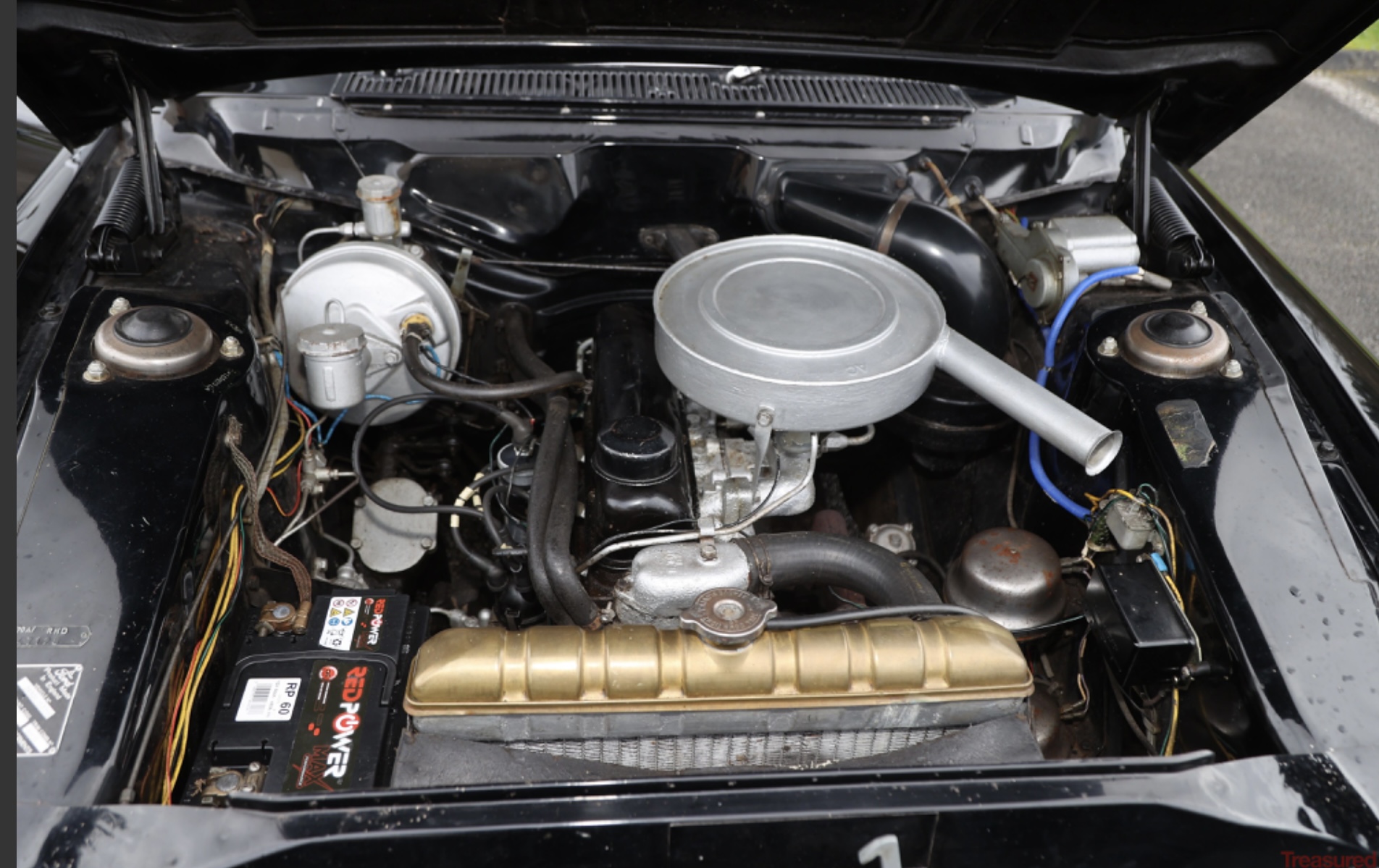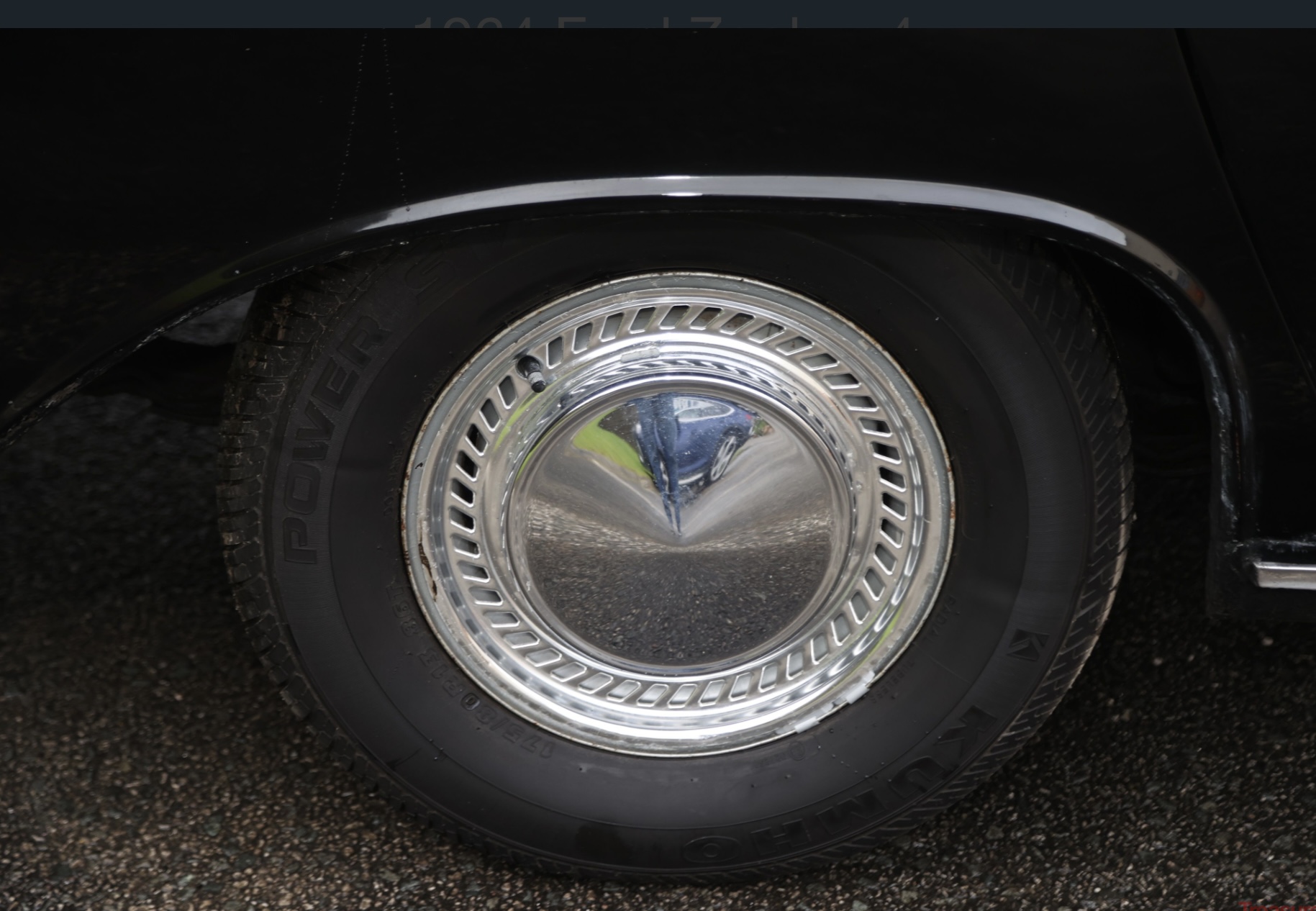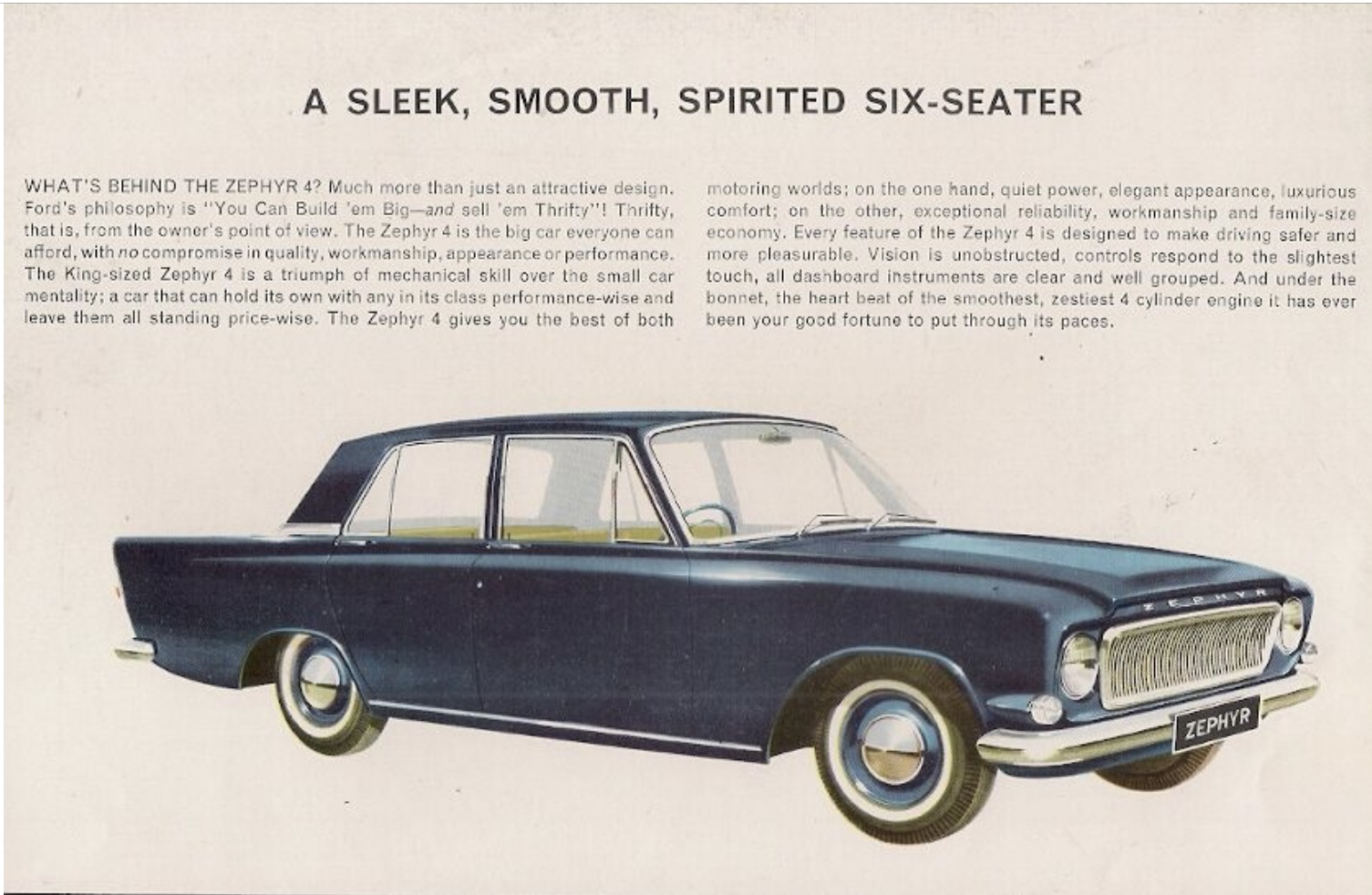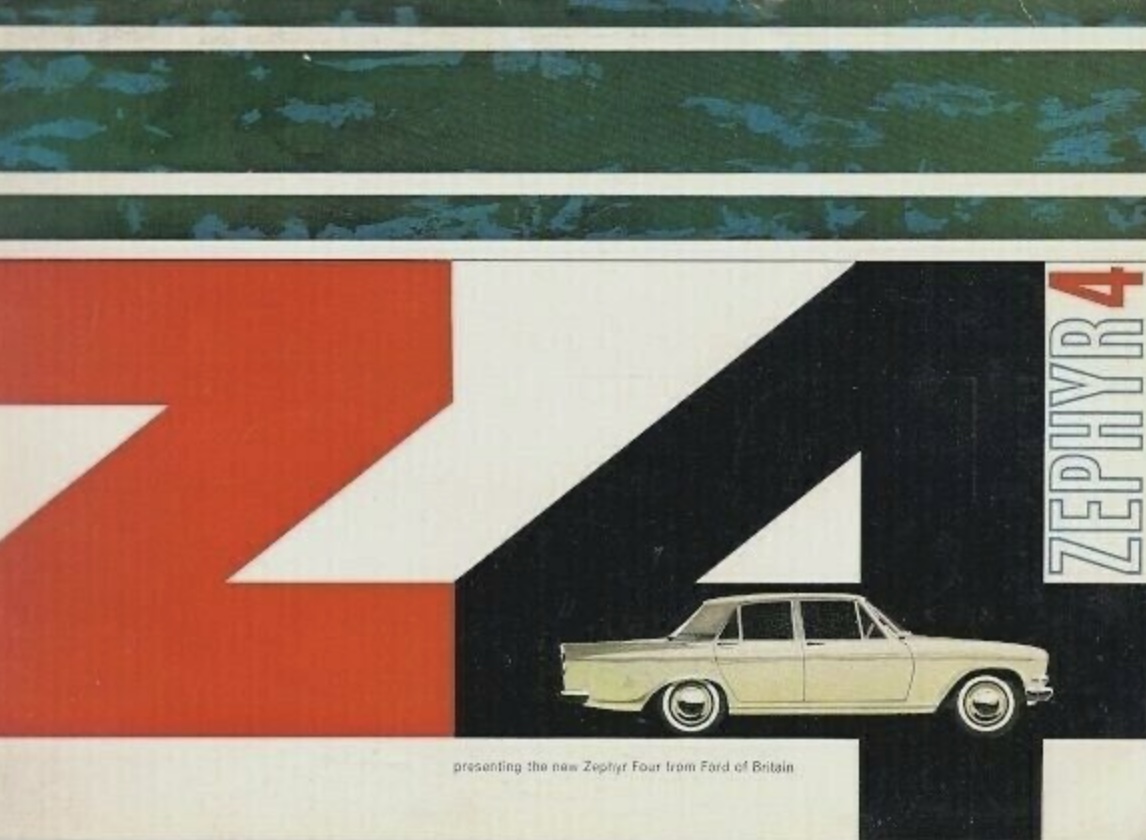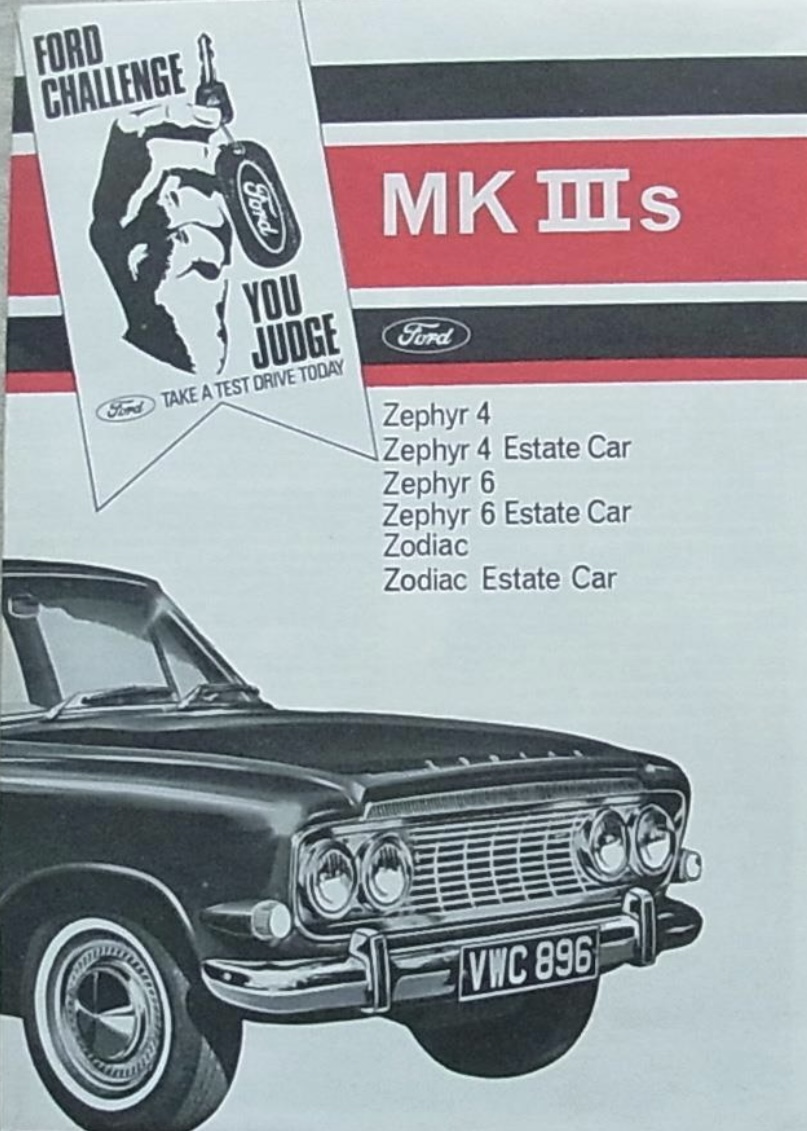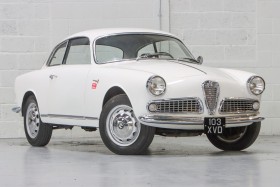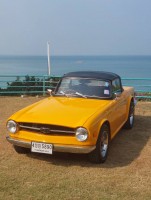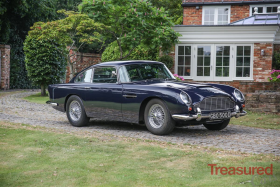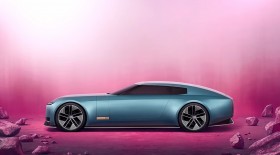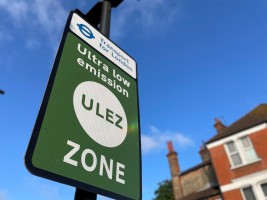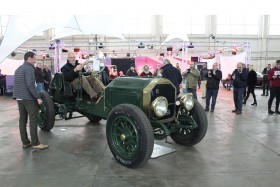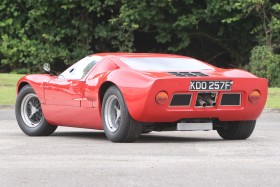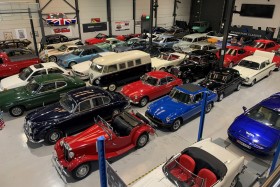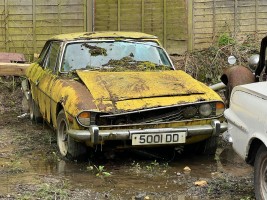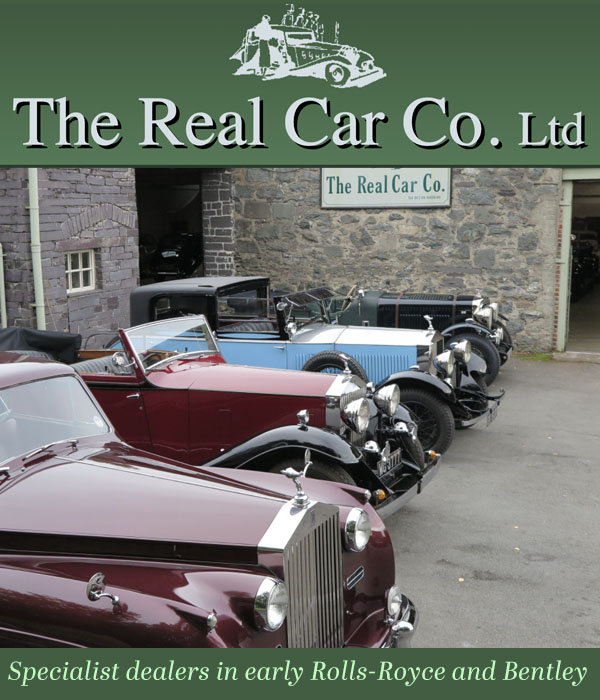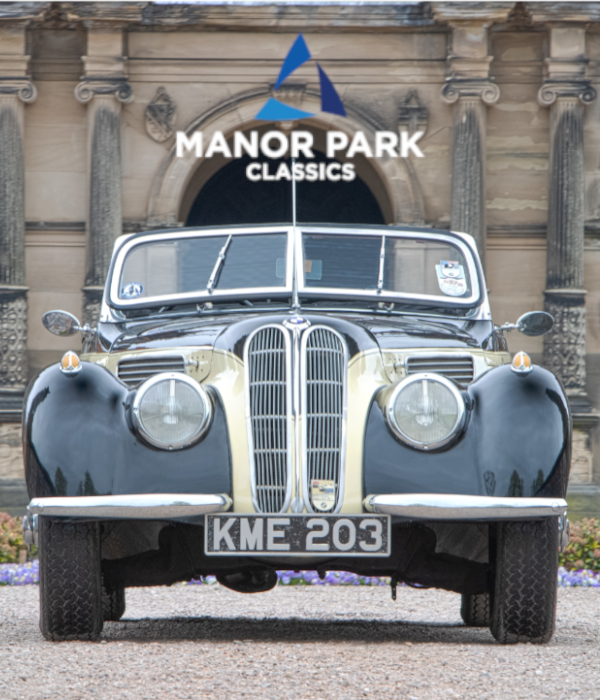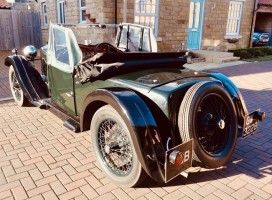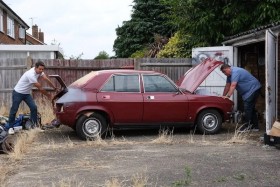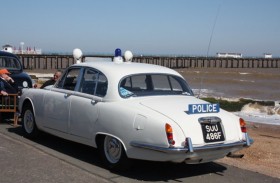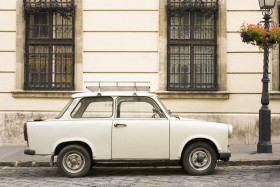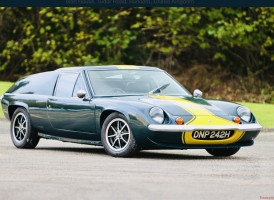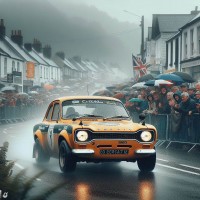legacy of the mk3 ford zephyr
Crafted British Elegance of the 1960’s
By: George P Teagal Sat, 03 Feb 2024
Reviews
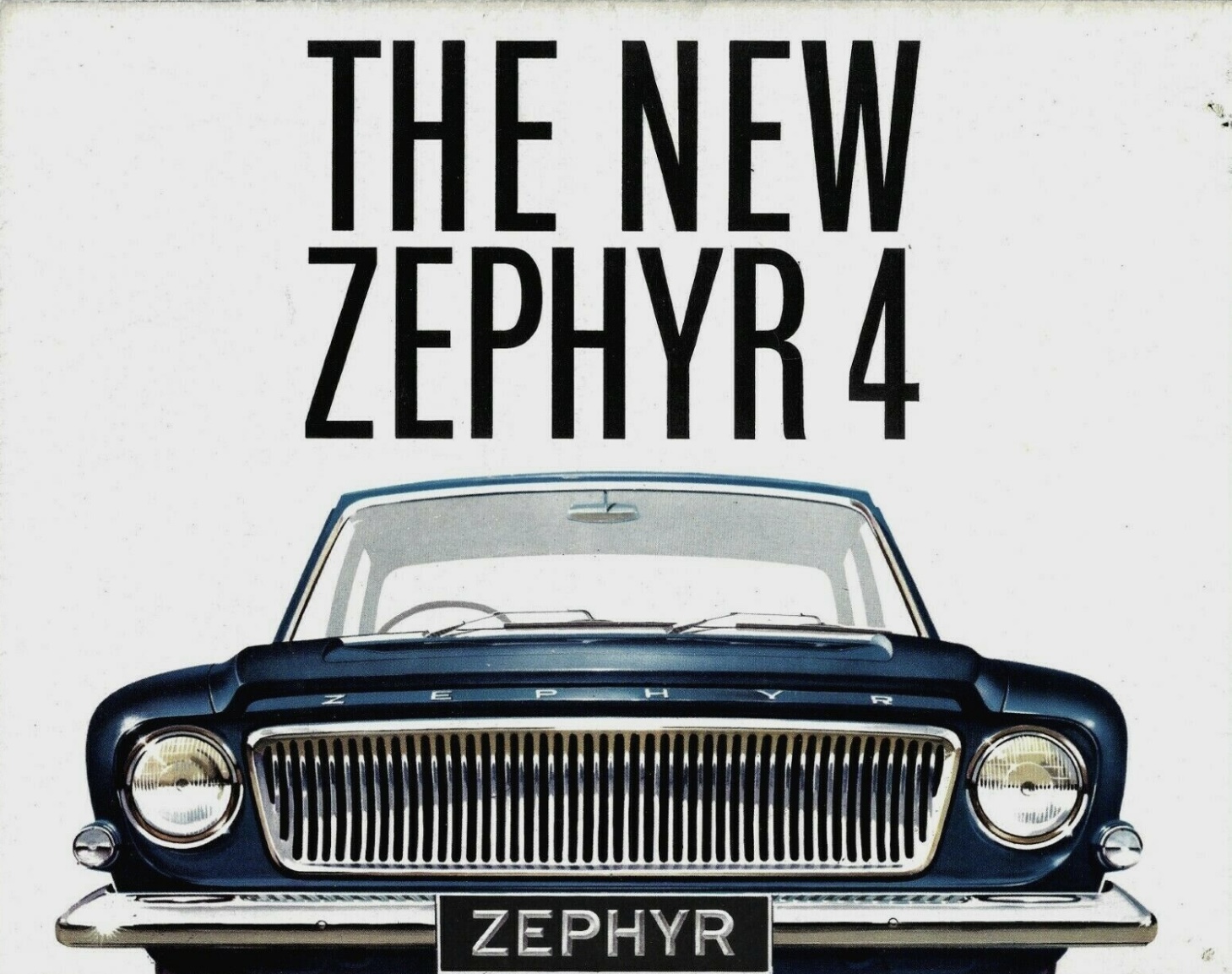
Step into the world of automotive elegance with the Mk3 1960s Ford Zephyr 4, a timeless classic born and built in the United Kingdom. In this exploration, we unravel the international footprint of this iconic car, from its production roots to the global export destinations, and the subtle influences it embraced from the American automotive landscape.
In 1950, Ford introduced the Mark I Consul and Zephyr models at the Earls Court Motor Show, forever altering the landscape of British automotive engineering. These models pioneered the use of the MacPherson strut independent front suspension, a revolutionary design that remains a standard in today's cars. The journey began with the Consul in January 1951, and by 1956, the Mark I model had gracefully paved the way for the next chapter.
April 1956 saw the rise of the "Three Graces" – the Mark II Consul, Zephyr, and Zodiac – captivating enthusiasts with their distinctive charm. The Mark II era persisted until 1962, setting the stage for the arrival of the Mark III Zephyr 4, Zephyr 6, and Zodiac in April of that year. Notably, the Mark III bid farewell to the Consul name, replacing it with the first four-cylinder Ford Zephyr.
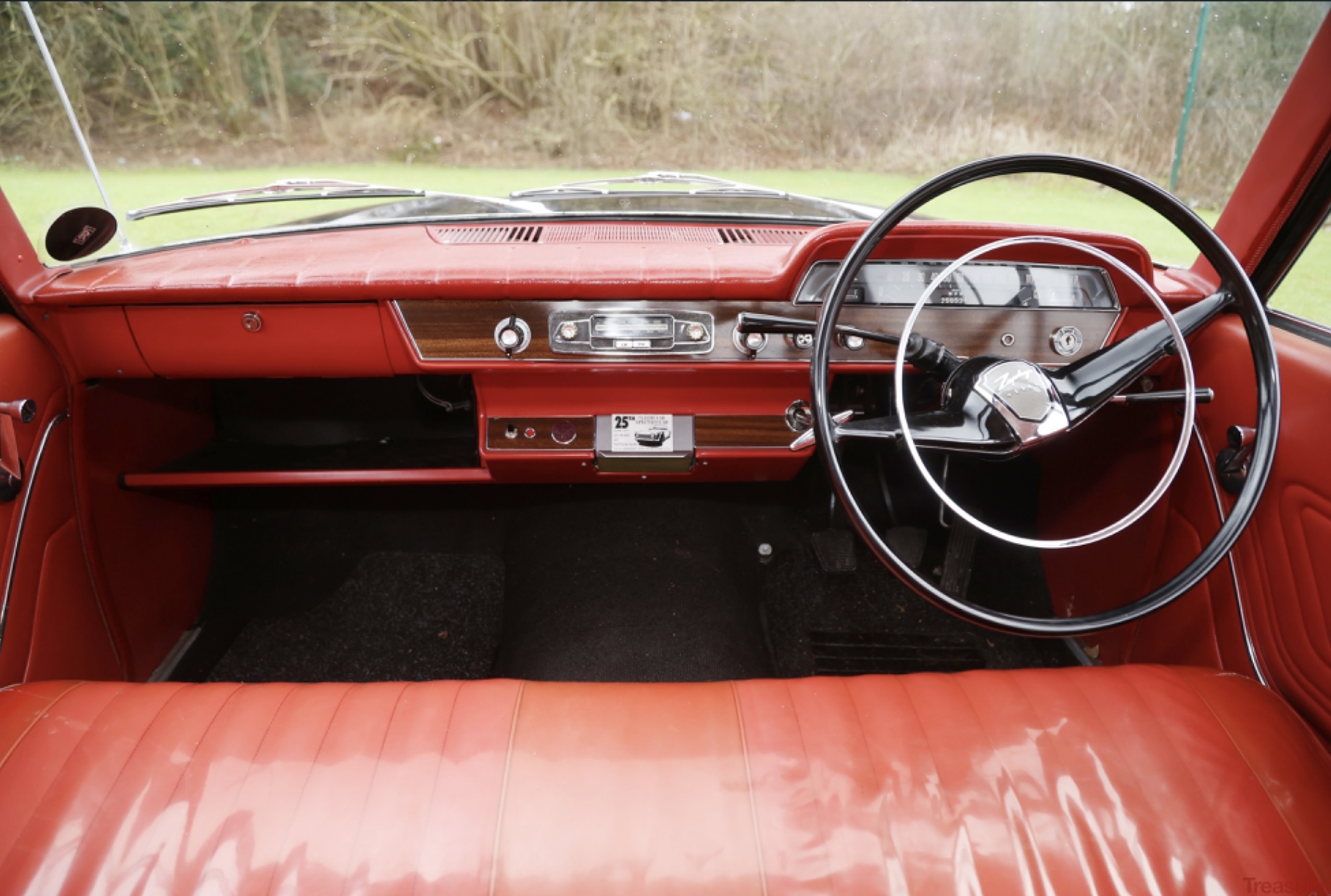
The Mark III Zephyr, introduced in 1962, marked a significant departure from its predecessors. With resolved issues that plagued earlier models, the Mark III became renowned for its popularity and durability. Despite its shorter production span compared to the Mark II, the Mark III earned a stellar reputation both in the UK and overseas. The line even welcomed an upmarket Executive version during its final months of production.
Performance and Specifications:
The Mk3 Zephyr offered a notable performance boost compared to the Mk2. With engine choices ranging from 4 to 6 cylinders, the Mk3 allowed buyers to tailor their driving experience. The six-cylinder option delivered enhanced power and smoother acceleration, while the four-cylinder provided a more economical alternative. Rather than continue the Consul name, Ford UK decided to call its replacement Zephyr 4, the 4 indicating that it still used the four-cylinder 1,703 cc (104 cu in) engine from Consul 375. A four-speed manual gearbox, now with synchromesh on all ratios, was standard, with overdrive or automatic transmission available as options. Front disc brakes were standard. The Zephyr 6 had a full-width grille including the headlight surrounds, the 6 cylinder 2,553 cc (156 cu in) displacement engine, overall body length and width were the same.
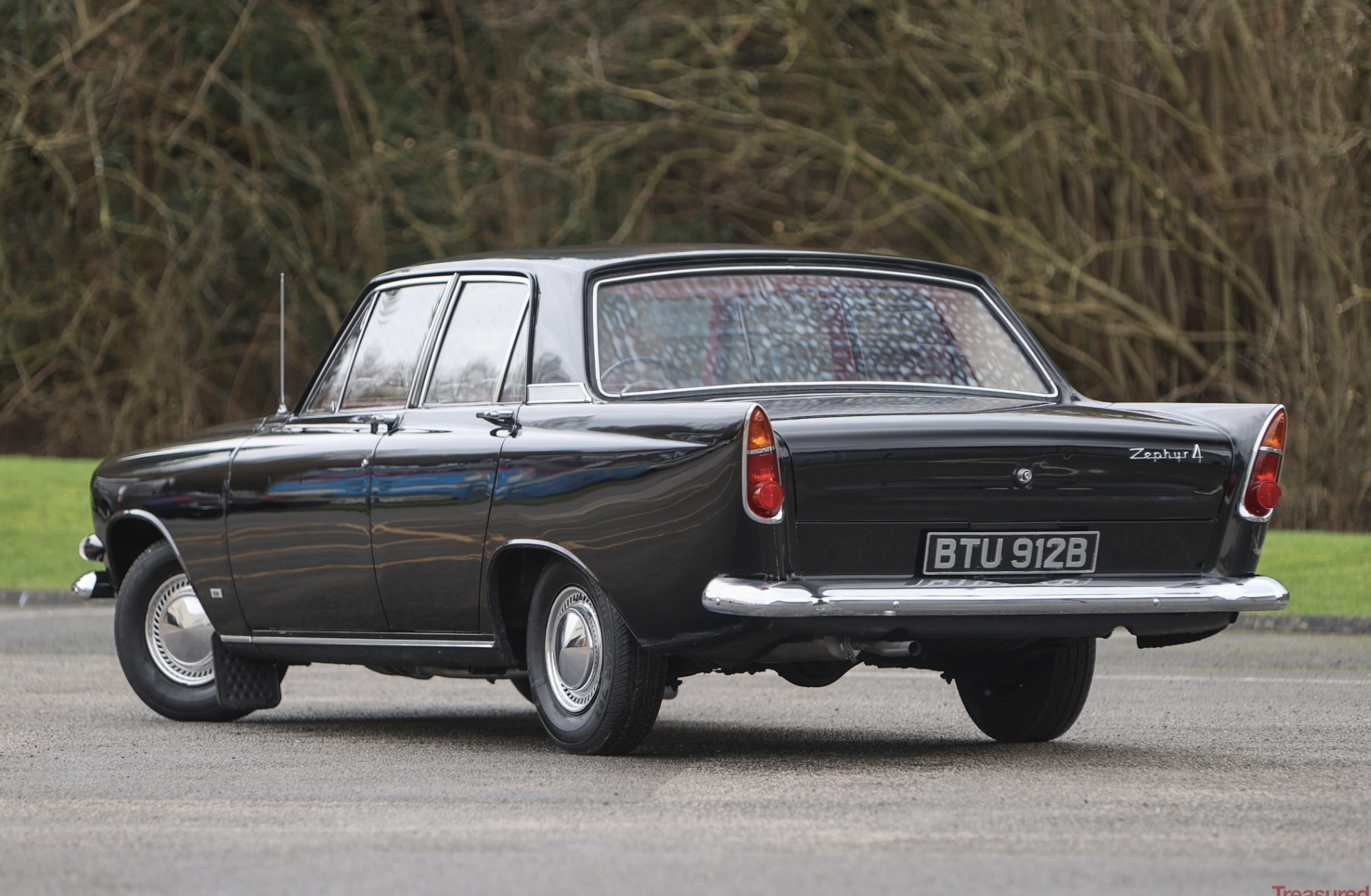
Design and Manufacturing:
Manufactured with precision and attention to detail, the Mk3 Zephyr embodied Ford's commitment to quality. The production process incorporated advanced manufacturing techniques, contributing to the car's durability and longevity. During the production run, the front styling was changed, the grille lowered and the Zephyr lettering moved from the front edge of the bonnet to below the bonnet opening while the ‘4’ badge below the grille was eliminated.
The influence from the United States on the Mk3 Zephyr's design and engineering was limited compared to some other Ford models. The Zephyr maintained a distinctly European styling and performance, aligning with the preferences and market demands of the time in the UK. The Ford Zephyr never graced American production lines, although a select few found their way to the U.S. market. Manufacturing took place in the UK, and Ford did export the Zephyr around the world. The name "Zephyr" had a notable history in the U.S., dating back to the 1936 Lincoln Zephyr, expanding its reach and popularity on a global scale. The export destinations included Commonwealth countries and other markets where Ford had a strong presence.
Interior Design and Spec:
Step inside the Mk3 Zephyr, and you'll find a meticulously crafted interior. The cabin boasted luxurious finishes, ergonomic design, and upgraded features, providing both comfort and style for the discerning driver. The dashboard layout and instrument panel showcased a harmonious blend of form and function.
Police Cars and Celebrities
The Mk3 Zephyr, predominantly the 6, earned its reputation as a police car, due to it being featured in the UK TV show Z Cars.
Throughout its heyday, the Mk3 Zephyr found its way into the hands of celebrities who appreciated its timeless design and smooth performance. These iconic figures added a touch of glamour to the already prestigious reputation of the Zephyr.
After his time in the Parachute Regiment, theatre school, assistant stage manager and bodyguard in London, in 1962, the now legendary actor, Brian Blessed became the ‘tough guy cop’, , PC William "Fancy" Smith, in the TV series Z Cars, which feature both Mk2 and Mk 3 Zephyrs. Unsurprisingly Blessed’s first car was a Zephyr 4 Mk 3.
“It was very light at the back, so some police friends from Z Cars advised me to leave a bag of cement in the boot, to weigh it down a bit.” Said Blessed.
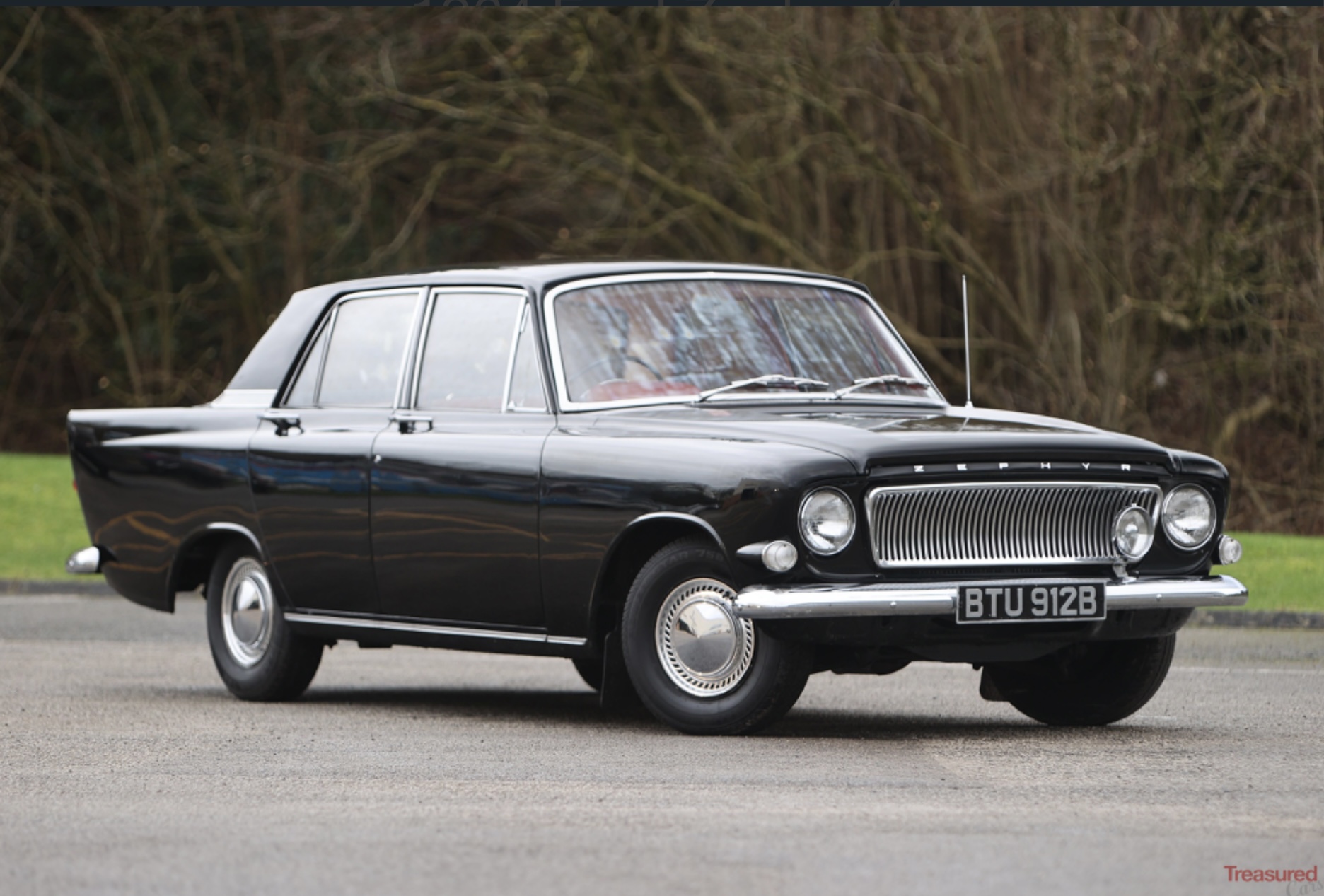
The Last British Ford
The Mark III range took its final bow in January 1966, making way for the groundbreaking Zephyr/Zodiac Mark IV in April of the same year. Eventually the Zephyr was no more, when the range was replaced by the Consul/Granadas, with V-type engines, independent rear suspension.
Notably, the Mk3 Zephyr represented the last independent design by Ford of Britain. The integration with Ford-Werke of Cologne had already commenced with models like the Transit and Escort, while the Consul/Granada replacement would be a collaborative pan-European effort.
Classic Car Status and Investment:
Today, the Mk3 Zephyr enjoys classic car status, with enthusiasts recognizing its historical significance and design prowess. As a collector's item, the Mk3 Zephyr has the potential to be a sound investment, especially considering its rarity and enduring appeal.
Buyers Guide:
When considering a Mk3 Zephyr purchase, potential buyers should focus on inspecting the vehicle's overall condition, including the body, engine, and interior. Verify the authenticity of components, and if possible, seek expert advice to ensure the investment is well-founded.
In conclusion, the Mk3 1960s Ford Zephyr 4 remains a treasured classic car, celebrated for its design, performance, and timeless appeal. Whether you're a collector, enthusiast, or simply appreciate automotive history, the Mk3 Zephyr stands as a testament to an era of elegance on wheels.
Footnotes
Car of the weekclick here



